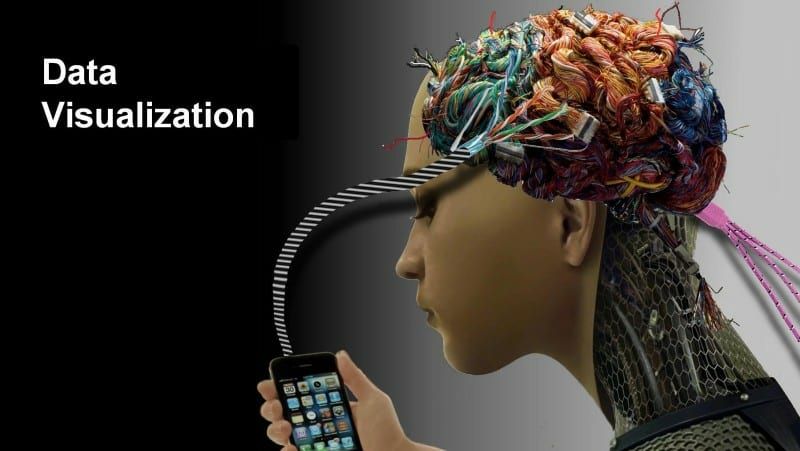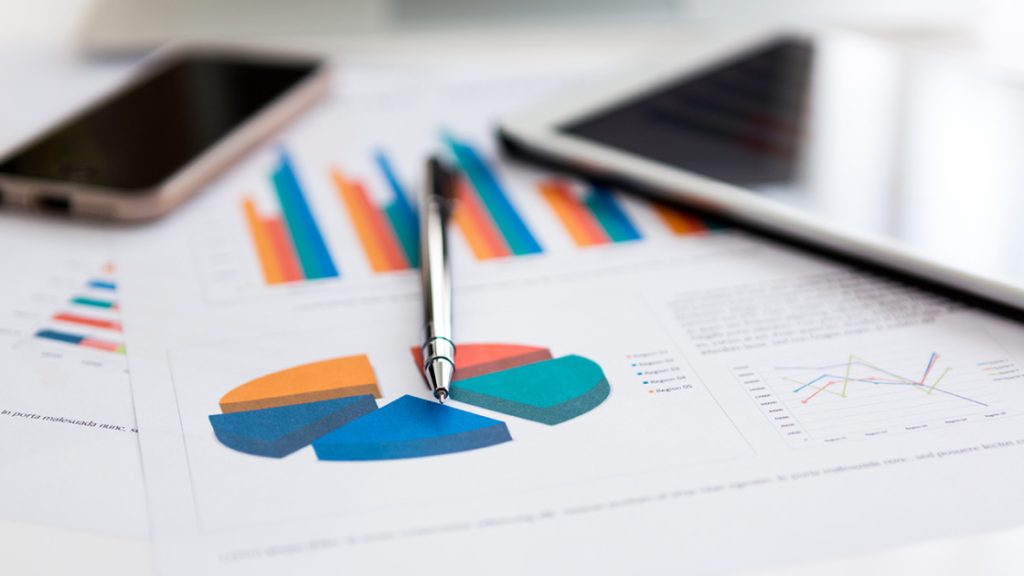
Data fabric is a software layer that sits between your applications and your underlying infrastructure, allowing you to manage all data in place without having to move it from place-to-place or format-to-format. This is not only beneficial for the user but also for their applications, which can now access information faster.
Traditional data management solutions limit the agility of business, and often create more problems than they solve.

Traditional data management solutions are complex, expensive, and time consuming. They are difficult to use and don’t scale for dynamic business needs. They often create more problems than they solve. They aren’t agile enough to support business agility, nor flexible enough to support the needs of your business in the future.
Modern solutions to manage and solve common data problems
Data Fabric is a new way of thinking about managing data and solving common data problems. It brings together the benefits of data virtualization, data integration, and master data management (MDM) into a single unified solution.
The Data Fabric helps you to:
- Create an enterprise-wide view of “one version of the truth” for all your source systems
- Consume information from any source system without having to know its structure or how it works
- Integrate with any application that uses standard connectors
Data Fabric brings together the benefits of data virtualization, data integration, and master data management (MDM) into a single unified solution.

Data virtualization is a way of abstracting data from its source, making it easier to integrate with other data systems. It also allows users to access the data in many different ways—for example, you can do an SQL query on one system and then use another tool for ad-hoc analysis without needing to know that the underlying database is relational. This makes it easy for analysts to do their jobs without having to worry about how the data is stored behind the scenes.
Integration has historically been very challenging because it requires multiple teams working together in concert over long periods of time—but now that we’re seeing more integrated approaches like master data management (MDM) come into play, we see this becoming less and less of an issue.
Data Fabric enables enterprises to ingest, connect, and analyze all types of data regardless of type or location.
Data Fabric is a new way of thinking about managing data and solving common data problems. With Data Fabric, you can ingest, connect, and analyze all types of data regardless of type or location. You can do this with ease because the platform acts as a layer on top of your existing infrastructure—no need for rebuilding your current architecture or rethinking how it functions today.
Data Fabric brings together the benefits of data virtualization, data integration, and master data management (MDM) into a single unified solution that works in real-time to help you manage your enterprise’s most valuable assets: its information assets!
Data Fabric enables enterprises to ingest, connect, and analyze all types of data regardless of type or location.

A Data Fabric is a new way of thinking about managing data and solving common data problems. It brings together the benefits of data virtualization, data integration, and master data management (MDM) into a single unified solution.
Data Fabric enables enterprises to ingest, connect, and analyze all types of data regardless of type or location. With Data Fabric you can:
- seamlessly access any source or variety of formats
- integrate structured and unstructured sources
- access data from on-premises systems as well as public clouds
How to choose a data fabric vendor?
Choosing a top data fabric vendor is not an easy task. You need to consider the following:
- Does the vendor have a proven track record?
- Is the vendor a leader in the field?
- Is this a good fit for your business, and will it allow you to achieve your goals?
- What kind of customer service does this company provide? Can they help you out with any issues or questions that may arise down the road? Is there someone available 24/7 who can assist you with technical issues—or even just walk through best practices for using their product so that when problems do arise, they’re less likely to occur at all.
Empowering organizations to bring everything at one place

Data Fabric solutions enable organizations to connect, secure, manage and govern their entire information supply chain in one place. Data Fabric solutions are built on a foundation of data virtualization, data integration, and master data management. All these capabilities provide the ability to create an enterprise-wide view of all your data across multiple applications and systems, as well as access any piece of information from anywhere at any time.
Data Fabric is an innovative way to transform your business through unified access to your enterprise data
Data Fabric is a new way of thinking about managing data and solving common data problems. Data Fabric brings together the benefits of data virtualization, data integration, and master data management (MDM) into a single unified solution.
Data Fabric provides an innovative way to transform your business through unified access to your enterprise data. It allows users to query across disparate sources of structured and unstructured information while maintaining control over privacy policies and governance requirements.




